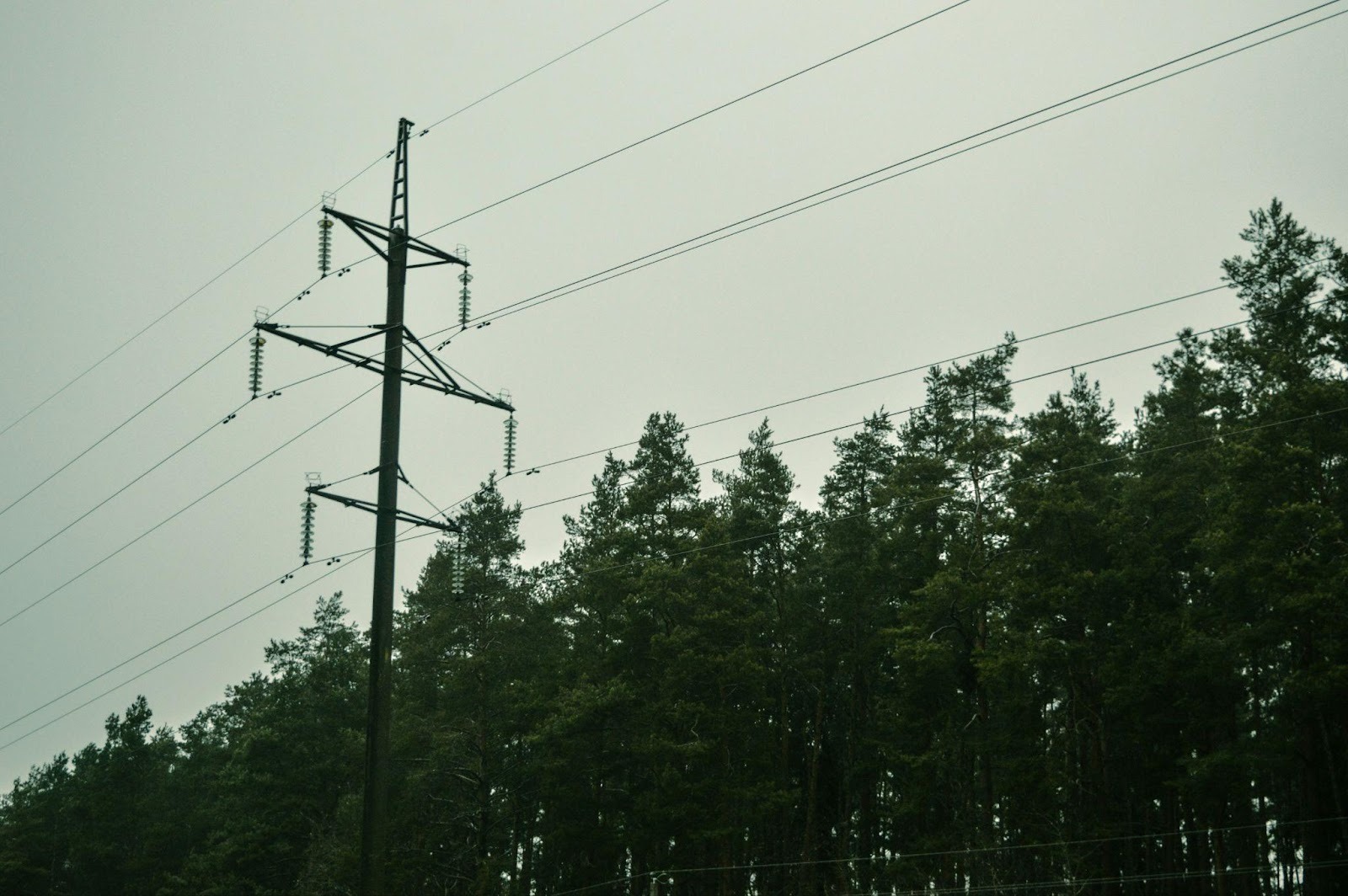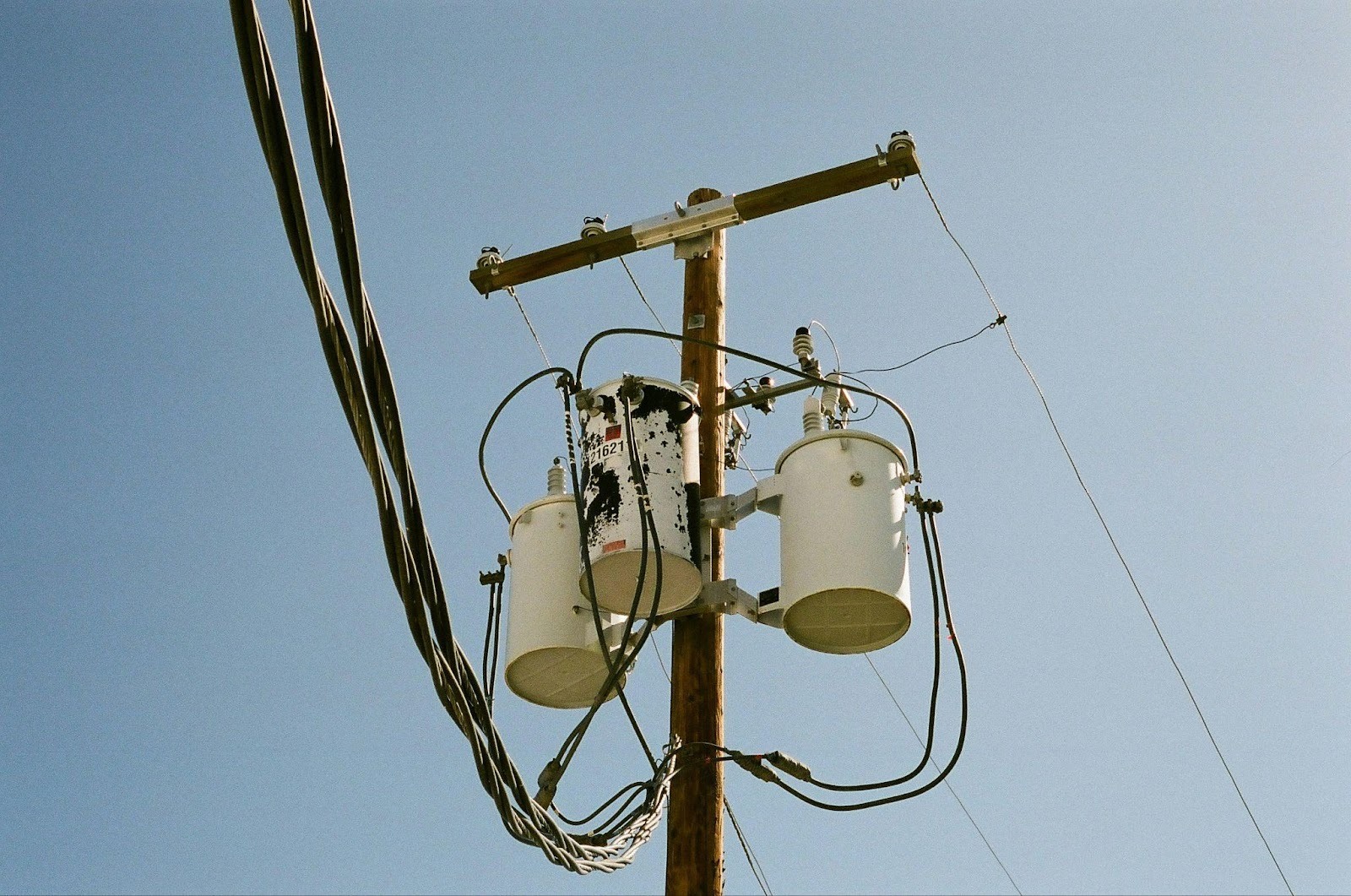Small Upgrades That Keep Homes Functional During Unexpected Outages
Photo by Johnny McNeil on Unsplash
There’s something quietly unsettling about the moment the lights go out. Not the dramatic break with darkness, but the subtle shift: the fridge hums differently, the router flickers out, the room seems to hold its breath. In homes that are well-prepared, that pause is brief. Ones less prepared feel the tension. That’s why small upgrades like reliable backup generators often make a bigger difference than many realise. They don’t just restore power, they restore stability.
Outages don’t need dramatic storms. A tree branch, a local grid fault, a heat wave, snow load any of these can trigger interruption. When you’ve invested in systems that soften the impact, you’re not just protecting your appliances. You’re protecting how you live. These days, homeowners who think ahead often ask: “If the power fails, what parts of the house still work? What can’t go off?” And the answers shape the kind of small upgrades that pay off quietly over time.
When reliability becomes comfort
We often take steady power for granted until we don’t. When your HVAC runs without interruption during a storm, when your sump pump keeps running, your freezer doesn’t spoil, your lights stay on not because you’re extra lucky but because you prepared the home doesn’t just continue functioning. It underscores that you live in a system, not simply inside walls.
A standby generator that kicks in automatically means you don’t have to think: “Will it start? Did I flip the switch?” It’s done. That near-invisible transition keeps rhythm. Industry commentary points out that one of the major benefits of a home generator is indeed that it keeps the essentials running refrigerator, heating/cooling, internet without your manual effort. It’s the kind of upgrade you don’t brag about, but you’re glad it’s there.
Scaling the home’s resilience
Upgrades used to mean big projects: new siding, extra rooms, major remodels. But increasingly, homeowners realise that resilience, how the home behaves when things go off script matters just as much as style. A backup generator is a perfect example: the exterior may look the same, the paint may be unchanged, but the home’s response to outage is drastically different.
You might choose a generator that covers the essentials rather than everything. You might prime certain circuits: fridge, furnace, router, lights. Because the aim isn’t to continue every function at full force it’s to keep the home safe and usable. When you frame it that way, the upgrade doesn’t feel extravagant. It feels prudent. And upgrades that feel prudent tend to get done.
The value of uninterrupted flow
When something breaks, it often matters less than the ripple effects it causes. If power fails, the immediate discomfort is manageable. But if the fridge spoils, the sump pump fails, the home temperature drops, the router goes down then you’re reacting under pressure. A home that keeps water flowing, warmth measured, connectivity steady, even during an outage, maintains its flow.
Many homeowners tell the story of how a minor outage felt inconsequential because they had backup power. They didn’t think about how much effort they saved the call to the contractor, the spoiled groceries, the freezing pipes until it was behind them. What they remember is arriving home and everything just seemed normal. That normalcy is part of the upgrade.
Upgrades that silently boost value
When you talk to real estate professionals, you’ll hear that homes with well-executed reliability features often sell with less friction. A generator is one of those features. The logic: fewer risks, fewer unknowns. A home that can demonstrate resilience in the face of power interruption makes buyers feel safer. According to one piece focused on standby generators, the investment can translate into increased home value and market appeal. It’s not only about selling, it’s about owning peace of mind.
It’s also about fewer hidden costs. When power is stable, you avoid emergency repairs, you avoid damage from equipment failure, you reduce wear caused by inconsistent operation. Over time, those cost savings add up. Few homeowners track them in detail, but they feel them.
Choosing the right upgrade for your home

Photo by Timofey Radkevich on Unsplash
It’s tempting to jump straight to “whole-house” panels and giant generator units, but the right upgrade depends on what your home needs and how you live. In many cases, the smartest move is selecting key circuits rather than everything. Maybe you prioritise climate control and communication first if you work from home. Maybe you concentrate on water systems and security if you travel often.
Another part of choosing wisely is ensuring the installation is done correctly. The upgrade is only as good as the wiring, transfer switch, fuel supply, and ventilation. Mistakes reduce reliability and increase risk. One article explains how systems that cut over seamlessly and automatically are far more effective than portable setups or ones that require manual switching. When you plan the upgrade, include training, documentation and a check-in point once installed.
Maintenance the key to “it works when you need it”
Upgrades are only as good as their upkeep. A generator might sit idle for most of a year, and that’s when problems sneak in: old fuel, corroded parts, untested transfer mechanisms. Homeowners who schedule annual inspections, treat the machine as part of the system rather than “just in case,” benefit more.
When you move into the “resilient home” mindset, you stop treating outages as remote possibilities and start acting as if they are part of the house’s schedule. You test the generator, you review the circuits, you know what kicks in and what doesn’t. That familiarity matters. When you know the sound it makes, the load it takes, you feel control rather than anxiety.
The ripple into lifestyle
Upgrades that improve reliability often change how you live. You might realise you’re comfortable using appliances at off-peak times because you’re confident the system handles surges. You might leave fewer gaps in your schedule and when you’re away you know the home is secure. You might suffer fewer interruptions when working remotely or avoiding downtime when others might lose hours.
These lifestyle shifts may seem small individually, but over seasons they build into something meaningful. Homes that function rather than fracturing when conditions change feel better. They feel more like long-term investments rather than stops along a journey.

